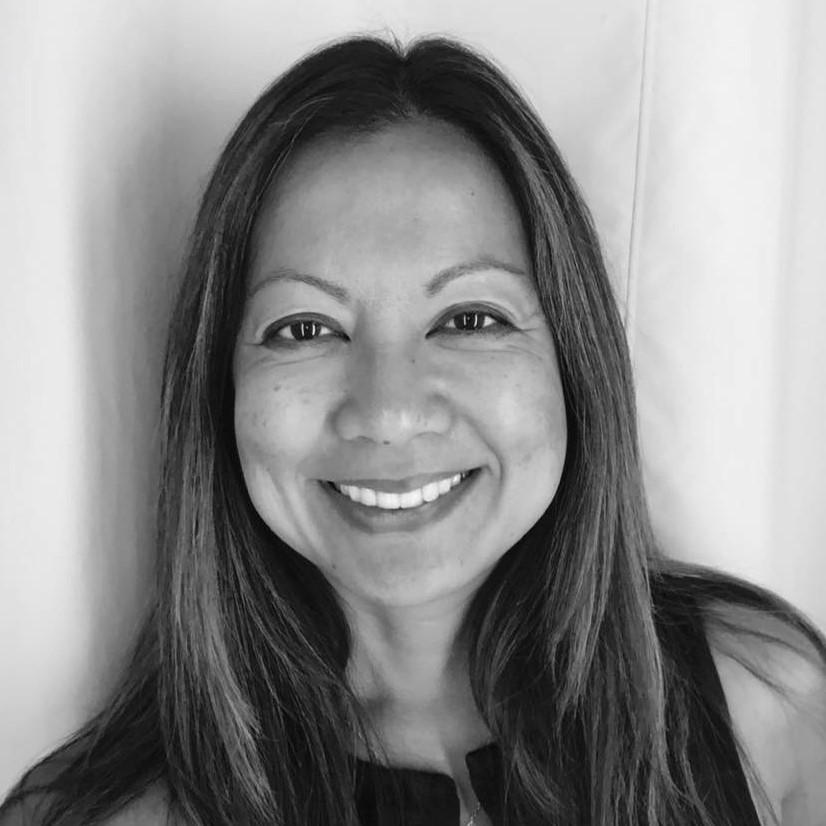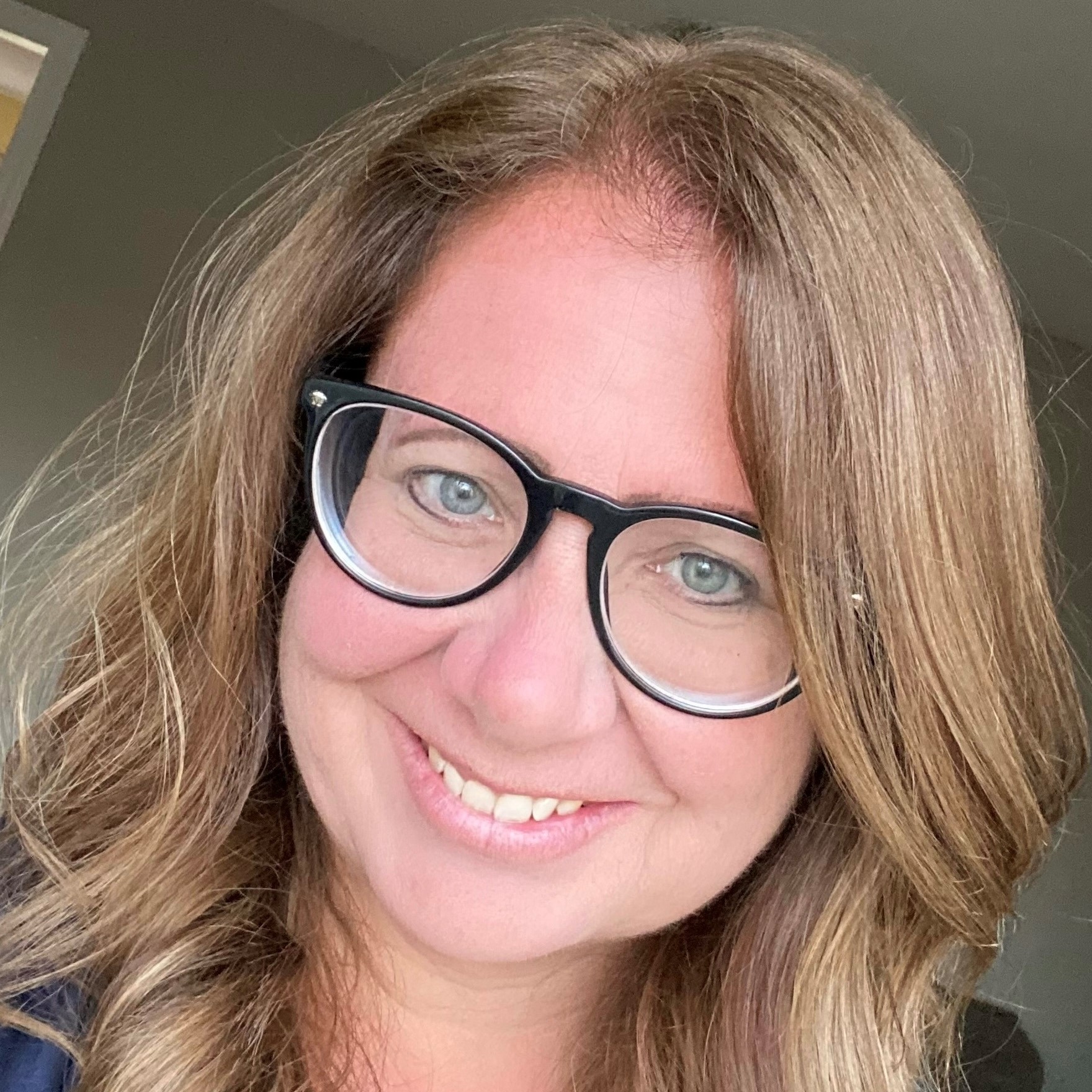
 The upcoming fellowship of Meghan Slesinski and Emily Mamaclay would make the organizers of the United Nation’s World Oceans Day proud: It will also make their students at Highcrest Elementary School in Wethersfield, CT, more aware of their responsibility to preserve healthy oceans and ecosystems. Here, Meghan outlines how she and Emily plan to explore Alaska’s oceans, geology, and evidence of humanity’s relationship with the environment through a scientific lens to broaden current curricula and help students understand and appreciate the importance of water as a natural resource.
The upcoming fellowship of Meghan Slesinski and Emily Mamaclay would make the organizers of the United Nation’s World Oceans Day proud: It will also make their students at Highcrest Elementary School in Wethersfield, CT, more aware of their responsibility to preserve healthy oceans and ecosystems. Here, Meghan outlines how she and Emily plan to explore Alaska’s oceans, geology, and evidence of humanity’s relationship with the environment through a scientific lens to broaden current curricula and help students understand and appreciate the importance of water as a natural resource.
[minti_divider style=”3″ icon=”” margin=”20px 0px 20px 0px”]
Happy World Oceans Day!
For our summer learning experience we chose to travel to Alaska, the only Arctic region in the United States. We will engage in science education focusing on Alaska’s unique geological and ecological history. Alaska has 94,743 square miles of water and has more than 40% of the nation’s surface water resources including over 12000 rivers and 3 million lakes. Three quarters of Earth’s freshwater comes from glaciers and Alaska is home to over 100,000 glaciers. We will spend 10 days on our summer fellowship exploring and learning about Earth’s water, the integral part it plays in all ecosystems and how to behave as global citizens in our quest to preserve this precious resource.
Our first stop on our educational adventure will be Anchorage, Alaska. While in Anchorage we will learn about what Alaska is doing to protect Earth’s resources and environment. We will meet with the museum educator at the Alaska Museum of Science & Nature to learn about efforts to preserve the unique biodiversity of Alaska and about the human activities in industry and everyday life that have had major effects on the ocean. We will also tour the Exxon Valdez Oil Spill Lab and learn about the effects of oil on wildlife, bodies of water and shorelines and the efforts employed to clean up after this man-made disaster. We will be able to view an exhibit that has photographic and map comparisons of Anchorage when it was covered first by ice and then drowned in the ocean. We will also learn the story of the last Ice Age in Alaska and the glaciers that remain. Before departing, we will also meet with educators at the Anchorage Museum, as well as a naturalist at the Alaskan Conservation Center.
Next we will travel to Denali National Park & Preserve to view unspoiled nature and crystal clear lakes. We will take excursions to hear about the ecology, geology, and wildlife of this area. Our guides will share information about ways individual communities use science ideas to protect Earth’s resources and environment.
Our “off the beaten path” guide will share their deep knowledge and help us to experience this rich setting. We will explore glacier-fed, braided rivers, spot cascading ice-falls and the occasional plummeting avalanche, and observe how the ebb and flow of ancient glacial ice shaped the landscape. We will visit and learn about a variety of glaciers. We will be able to witness the calving of glaciers, and learn about sea ice and towering icebergs. Our visit to Denali will include a viewing of Ruth Glacier, a 40-mile-long glacier that flows through the granite-walled Great Gorge – the world’s deepest trench.
Our learning adventure will end in Fairbanks, Alaska. We will take a geothermal renewable energy tour at Chena Hot Springs which is where the Aurora Ice Museum is located. The Aurora Ice Museum is the world’s largest year round ice environment! It was created from over 1,000 tons of ice and snow. The museum was completed in January 2005 and stays a cool 25° Fahrenheit (-7° Celsius) inside thanks to the geothermal water machine. During our tour we will learn about this energy saving project as well as others that have been utilized in this location.
By bringing back authentic examples of individuals who have fought to preserve the environment in Alaska, we believe these climate action role models will strengthen students’ beliefs about their own ability to play a key role in affecting positive change on the environment. Our students will learn about water’s integral part in our survival and the survival of our ecosystems as they “go along” on our journey through our blog and vlogs. A new unit, Earth’s water and how it cycles through Earth’s systems and affects human societies, will include a variety of inquiry based learning tasks, exploring the world’s ecosystems, their reliance on water, and our responsibility as global citizens to preserve the environment. Our plan is to have our students seek out similar experts in their own communities and interview those individuals and create their own vlogs that can be posted on our district website for the community at large.
This fellowship will allow us to meet with locals, naturalists, museum educators, and scientists. We will be able to visit exhibits, take part in environmental tours, conduct science experiments, and immerse ourselves in unique and authentic undertakings. We will have the opportunity to gather a multitude of resources and stories to bring back to our students. The stories, personal experiences, documents and artifacts obtained will provide depth to our science units. The proposed learning gained from our journey will inform our content and in turn provide opportunities for inquiry based learning to occur for our students. This fellowship will enable us to drive our curriculum in a way that only this experience can provide.